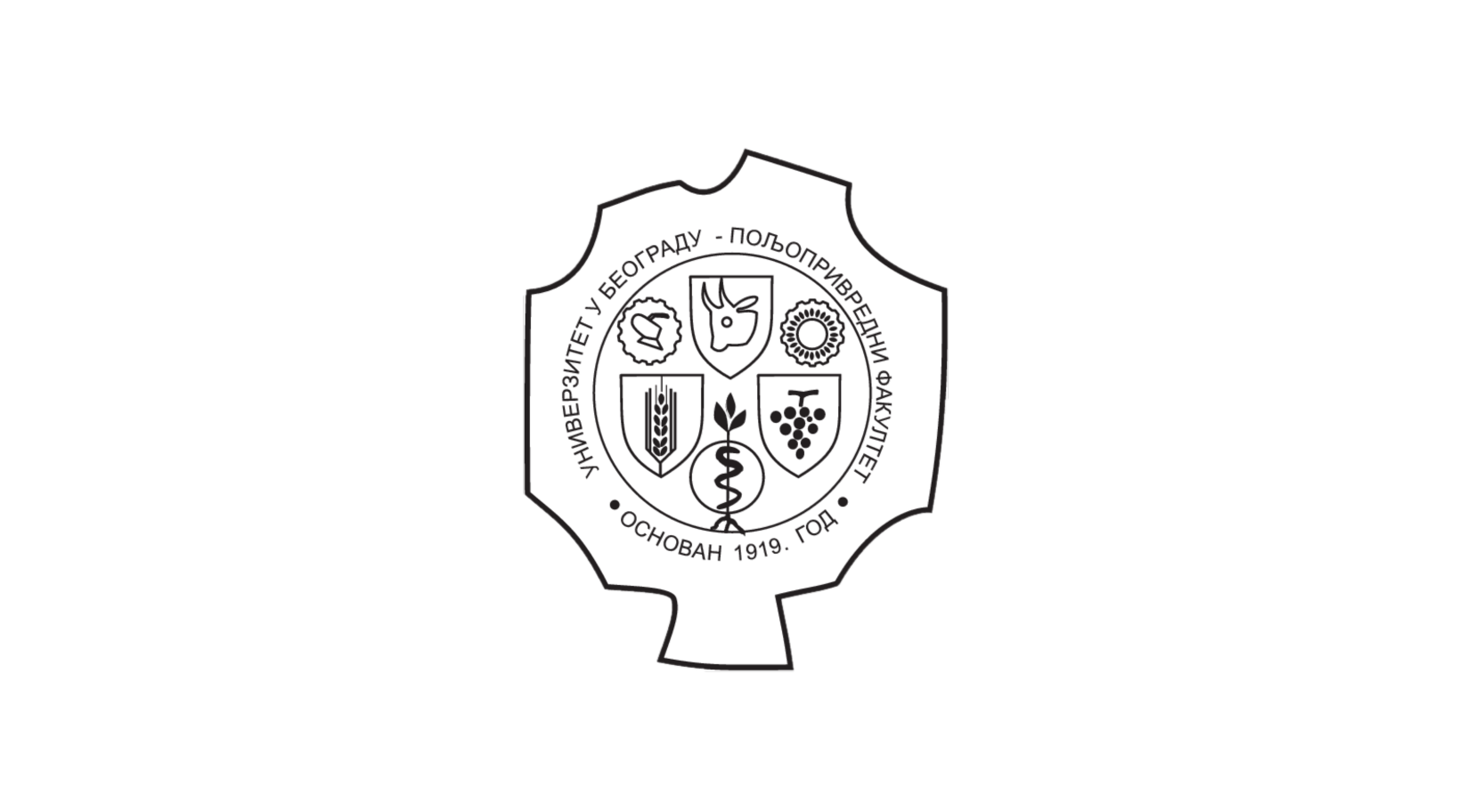Приказ основних података о документу
Evaluation of a diverse collection of red clover for forage quality and antioxidant activity
| dc.creator | Vasiljević, Sanja | |
| dc.creator | Radinović, Irena | |
| dc.creator | Branković, Gordana | |
| dc.creator | Krstić, Sanja | |
| dc.creator | Prodanović, Slaven | |
| dc.creator | Živanović, Tomislav | |
| dc.creator | Katanski, Snežana | |
| dc.date.accessioned | 2022-12-01T11:43:48Z | |
| dc.date.available | 2022-12-01T11:43:48Z | |
| dc.date.issued | 2022 | |
| dc.identifier.issn | 1370-6233 | |
| dc.identifier.uri | http://aspace.agrif.bg.ac.rs/handle/123456789/6231 | |
| dc.description.abstract | Description of the subject. Red clover is an important forage legume and a rich source of high quality forage for livestock feed. This study assesses of a diverse red clover collection for agronomic value, forage quality and antioxidant activity in relation to status (cultivar vs natural population) and ploidy level (diploid or tetraploid) for the purpose of diversity study and for identification of potential heterotic groups and classification of accessions according to the results of analyses. Objectives. The aims of this research were to: i) explore agronomic traits, forage quality, and antioxidant activity in relation to status and ploidy level; ii) assess trait associations and the possibility of indirect selection; iii) cluster red clover accessions with regard to forage quality and antioxidant activity. Method. Red clover was represented by 46 accessions, the cultivars and natural populations of diploid (2n) and tetraploid (4n) ploidy levels from 17 countries, which were collected and preserved in the Institute of Field and Vegetable Crops in Novi Sad, Serbia. The following traits were determined from the two-year field trial at Rimski Šančevi, Serbia: plant height (PH), internodes number (IN), green mass yield (GMY), dry matter yield (DMY), crude protein (CP), acid detergent fiber (ADF), neutral detergent fiber (NDF), digestible dry matter (DDM), dry matter intake (DMI), relative feed value (RFV) and antioxidant activity. All accessions were characterized in the second cut of the second year of life when 20-25% of flowers appeared. Results. The cultivars had higher values for PH, IN, GMY, DMY, DDM, DMI, and RFV. The tetraploid accessions had higher values for IN, GMY, DMY, CP, NDF and DDM. The natural populations and diploid accessions had 39.9% and 21.9% smaller antioxidant capacity, respectively. The antioxidant capacity was positively associated with RFV, DDM, DMI, PH, IN, GMY and DMY, but negatively with ADF and NDF. Conclusions. The grouping of red clover accessions based on forage quality parameters and antioxidant activity was represented by five clusters. High-quality cultivars had a shorter length of internodes and a good leaf to stem ratio with a high leaf proportion. © 2022, University of Liege Faculty of Gembloux Agro-Bio Tech. All rights reserved. | |
| dc.language | English | |
| dc.relation | info:eu-repo/grantAgreement/EC/H2020/727312/EU// | |
| dc.relation | info:eu-repo/grantAgreement/MESTD/inst-2020/200032/RS// | |
| dc.relation | info:eu-repo/grantAgreement/MESTD/inst-2020/200116/RS// | |
| dc.rights | openAccess | |
| dc.rights.uri | https://creativecommons.org/licenses/by/4.0/ | |
| dc.source | Biotechnology, Agronomy, Society and Environment | |
| dc.source | Biotechnology, Agronomy, Society and Environment | |
| dc.subject | agricultural productivity | |
| dc.subject | antioxidant properties | |
| dc.subject | breeding programmes | |
| dc.subject | diploidy | |
| dc.subject | nutritive value | |
| dc.subject | polyploidy | |
| dc.subject | Trifolium pratense L | |
| dc.title | Evaluation of a diverse collection of red clover for forage quality and antioxidant activity | |
| dc.type | article | en |
| dc.rights.license | BY | |
| dc.citation.epage | 223 | |
| dc.citation.issue | 4 | |
| dc.citation.rank | M23 | |
| dc.citation.spage | 210 | |
| dc.citation.volume | 26 | |
| dc.identifier.doi | 10.25518/1780-4507.19967 | |
| dc.identifier.fulltext | http://aspace.agrif.bg.ac.rs/bitstream/id/24206/Evaluation_of_a_pub_2022.pdf | |
| dc.type.version | publishedVersion |


